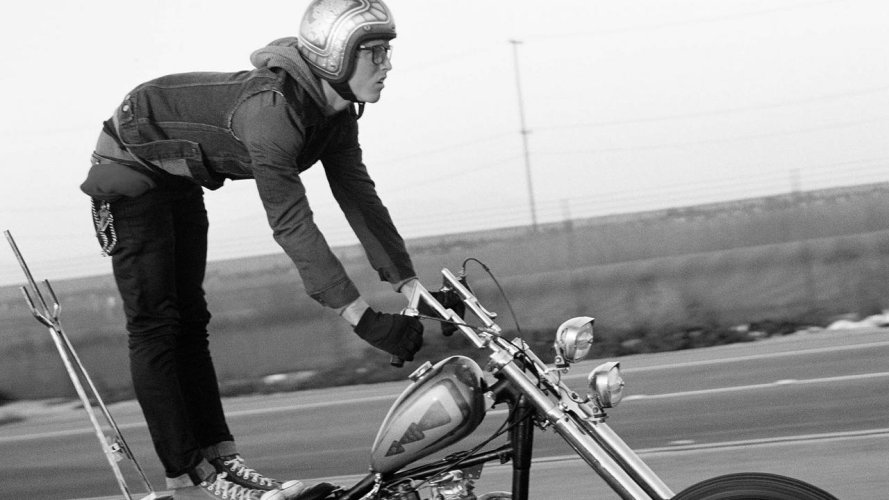36654
New member
That's not what I've found when moving from seated to standing on the Dalton Hwy. 45mph tops seated and barely able to maintain balance due to road surface. Standing, immediately moved to 55mph with more stability and balance of the bike.
The weight is on the pegs. It was offered that the best riders become a neutral force on the bike standing. It takes a lot of practice to get there [ I'm not there yet and may never get to that level ] but I have much better control of the bike standing for the same reasons others have posted here.
Moving the weight of the rider from the seat at about 32-33 inches off the ground to the weight on the pegs which are 12" or so off the ground lowers the COG. This guy explains it in simple terms.
https://youtu.be/1pwOB5I1m7Q
The CG of a human is located near their navel/waist. The CG of a GS is a bit above the cylinder heads. You can sum the product of weight and distance (i.e., M = weight x distance) to either a vertical or horizontal plane. The location of the reacting forces (foot-pegs or seat) doesn't matter. If it did, we would all be hovering (i.e., like a lady using a dirty toilet) to lower the CG.
Standing allows you to alter the fore-aft and lateral location CG, use your legs as shock absorbers (decoupling the two primary masses at the expense of the knee and hip joints) and provides a longer line of sight.



